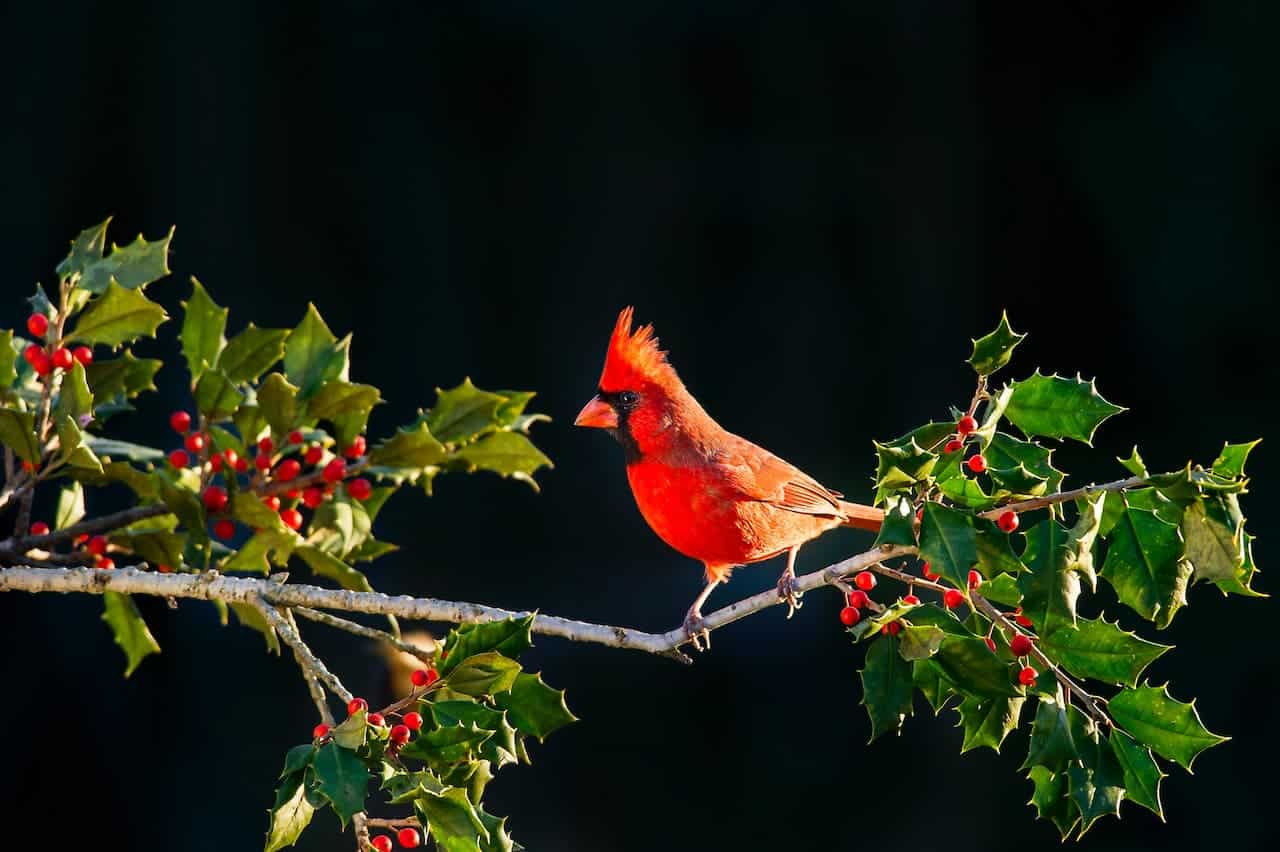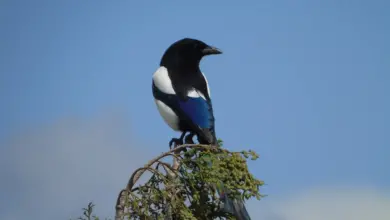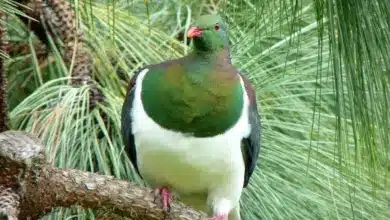Mourning Sierra Finches
The Mourning Sierra Finches (Phrygilus fruticeti) are large tanager finches found in the Andes of South America, where they are regionally quite common and widespread. These birds were named for the black, grey, and white plumage of the males – colors that are generally associated with mourning.
They are close relatives of the similar Carbonated Sierra Finch (Phrygilus carbonarius) found in Argentina.
Distribution / Habitat
The range of the Mourning Sierra Finches stretches from Peru south through Bolivia, northern, central, and eastern Chile east and south to western and southern Argentina. Vagrants have been reported in Brazil and the Falkland Islands. Some migrate south to spend the summer in Patagonia (the southern tip of South America).
In the north, they are restricted to dry montane shrubland in the high Andes at elevations from 7,500 – 14,000 feet (~2,300 – 4,200 meters). Further south in their range, they are also found at lower altitudes down to sea level.
They are most common in open dry and rocky areas with scrub and shrubby vegetation and seem to avoid forests or open grasslands.
They are usually seen in pairs or small groups. They may also join mixed-species feeding flocks or form small flocks outside the breeding season.

Subspecies, Ranges, and ID:
Mourning Sierra-Finch (Phrygilus fruticeti fruticeti – Kittlitz, 1833) – Nominate form
Range: From the northern highlands of Peru in the Cajamarca region south to the Puno region in southeastern Peru; east to the La Paz region in western Bolivia.
Mourning Sierra-Finch (peruvianus) (Phrygilus fruticeti peruvianus – Zimmer, JT, 1924)
Range: Mostly found in the foothills of the Andes – from Chile’s northernmost regions of Arica and Parinacota south to the southern Chilean region of Magallanes; and adjacent Argentina, from the province of Salta in the northwest of Argentina south to the province of Santa Cruz in the southern part of the country.
Blackish Mourning Sierra-Finch (Phrygilus fruticeti coracinus – Sclater, PL, 1891)
Range: Found in the altiplano (high tableland) of southwestern Bolivia, in the departments of Oruro and Potosí) and adjacent northern Chile, where they occur in Arica and Parinacota region, and on the Isluga – a stratovolcano located in Colchane in the Tarapacá region.
ID: The male is almost entirely black except for insignificant grey streaks on the back and rump, narrow white wing bars, and very little white on the lower abdomen or vent.
Description
Size
Mourning Sierra Finches measure between 6.7 – 7.5 inches (17 – 19 cm) in length – including the tail.
Plumage Details / Adults
Male: blackish face, throat, and chest; grey back with black streaks, whitish abdomen, and two bold white wing bars. The male’s plumage gets darker towards the southern range until it is nearly all-black in the most southern race.
Female: plumage is plainer and streaked brown below. She has a cinnamon / rusty patch on each cheek. Also has bold wing bars. She is the largest streak-brown finch in her range.
Juveniles resemble females.
Other Physical Details
The male’s bill is orange-yellow and the female’s is flesh-colored. The legs and feet are yellowish/flesh-colored.
Diet / Feeding
Mourning Sierra Finches feed on various fruits, seeds, nectar, flower parts, and insects. They usually forage on the ground near a shrubby cover.
Breeding / Nesting
Most breeding occurs between September through October. Their cup nests are usually situated on tree branches, hidden in dense vegetation. A clutch consists of 3 – 5 eggs. The female is usually responsible for constructing the nest and incubating the eggs. The male will feed the brooding female and also the nestlings.
Calls / Vocalizations / Sounds
Their vocalizations are described as a simple “buzz” followed by a squeaky “bjzzzz-tcheel EEuu” or nasal, raspy “rheeeah.”
Alternate (Global) Names
Chinese: ???? … Czech: Dijuka ?ernoprsá / zahradní … Danish: Sørgeandesfinke … Dutch: Rouwsierragors … Finnish: Surusirkku … French: Bruant des sierras triste, Bruant triste, Phrygile petit-deuil, Pinson des vergers … German: Strauchämmerling … Italian: Fringuello della Sierra lamentoso, Fringuello di sierra piangente … Japanese: munaguroyamashitodo … Norwegian: Sotandesspurv … Polish: chrusciak sniady, chru?ciak ?niady … Portuguese: Canário-andino-negro, sem nome … Russian: ????????????? ?????? … Slovak: St??a záhradné … Swedish: Sorgsierrafink … Spanish: Fringilo Negro, Yal, Yal negro, Yal Pechinegro
Further Finch Reading
- Finch Information
- Index of Finch Species
- Photos of the Different Finch Species for Identification
- Common Health Problems of Finches
- Finch / Canary Diet / Nutrition




